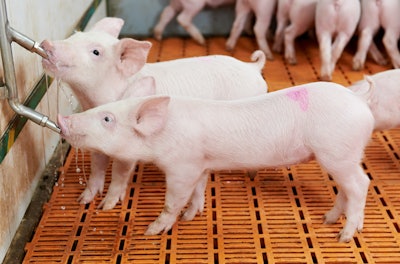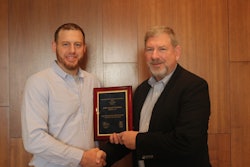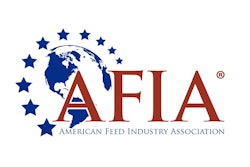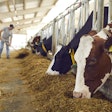
Now that the H5N1 influenza virus has made the leap from U.S. poultry flocks into other farm animal species, it is now on the minds of U.S. pig producers.
However, Scott Hays, immediate past president of the National Pork Producers Council (NPPC) said the situation does not have the industry in a panic.
“It’s obviously something that’s on our radar,” Hays said during a media briefing event on April 8. “We don’t feel like its this huge threat to our industry by any stretch of the imagination.”
A strain of H5N1, commonly referred to as highly pathogenic avian influenza (HPAI) has been circulating among poultry flocks since it was discovered in birds at an exhibition farm in Canada in December 2021. Since that time, it has affected more than 100 million head of commercial poultry and commercial upland gamebirds in the three North American countries.
And recently, it has also affected commercial dairy farms in multiple states, as well as some goats in Minnesota.
Biosecurity and traceability remain important
So far, no pigs have been affected by the virus. And while Hays said the pork industry is not in a panic, he urges producers not to get lackadaisical about the prospect of a herd infection of H5N1.
“Anytime you talk about anything related to herd health, it is something to take seriously,” he said, adding that he encouraged producers to “continue to look at the biosecurity plans to keep all diseases out of their farms.” The situation with H5N1 is no different than other diseases like porcine reproductive and respiratory syndrome (PRRS), porcine epidemic diarrhea virus (PEDv), foot-and-mouth disease (FMD), classical swine fever (CSF) or African swine fever (ASF).
Hays also spoke about the value of a good traceability program in situations like this.
“A good traceability program across the country will help us monitor that situation. It gives consumers here and across the globe the assurance that we know what’s going on and we have a safe supply of protein for them,” said Hays.
During the media briefing, Hays and other NPPC officials also addressed topics like the upcoming farm bill, California’s Proposition 12, pork plant line speeds and sustainability.
To learn more about HPAI cases in commercial poultry flocks in the United States, Mexico and Canada, see an interactive map on WATTPoultry.com.
View our continuing coverage of the global avian influenza situation.



















